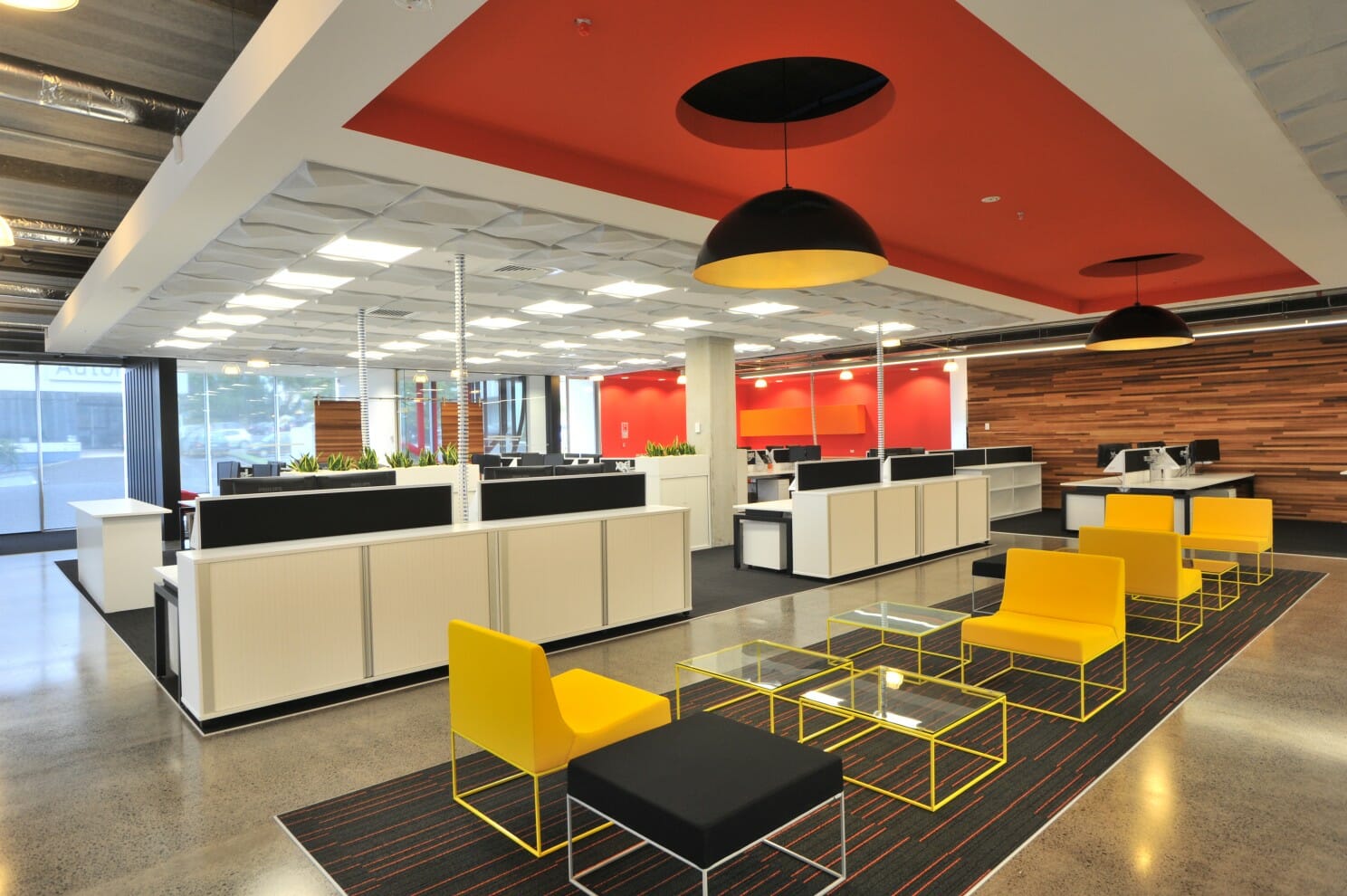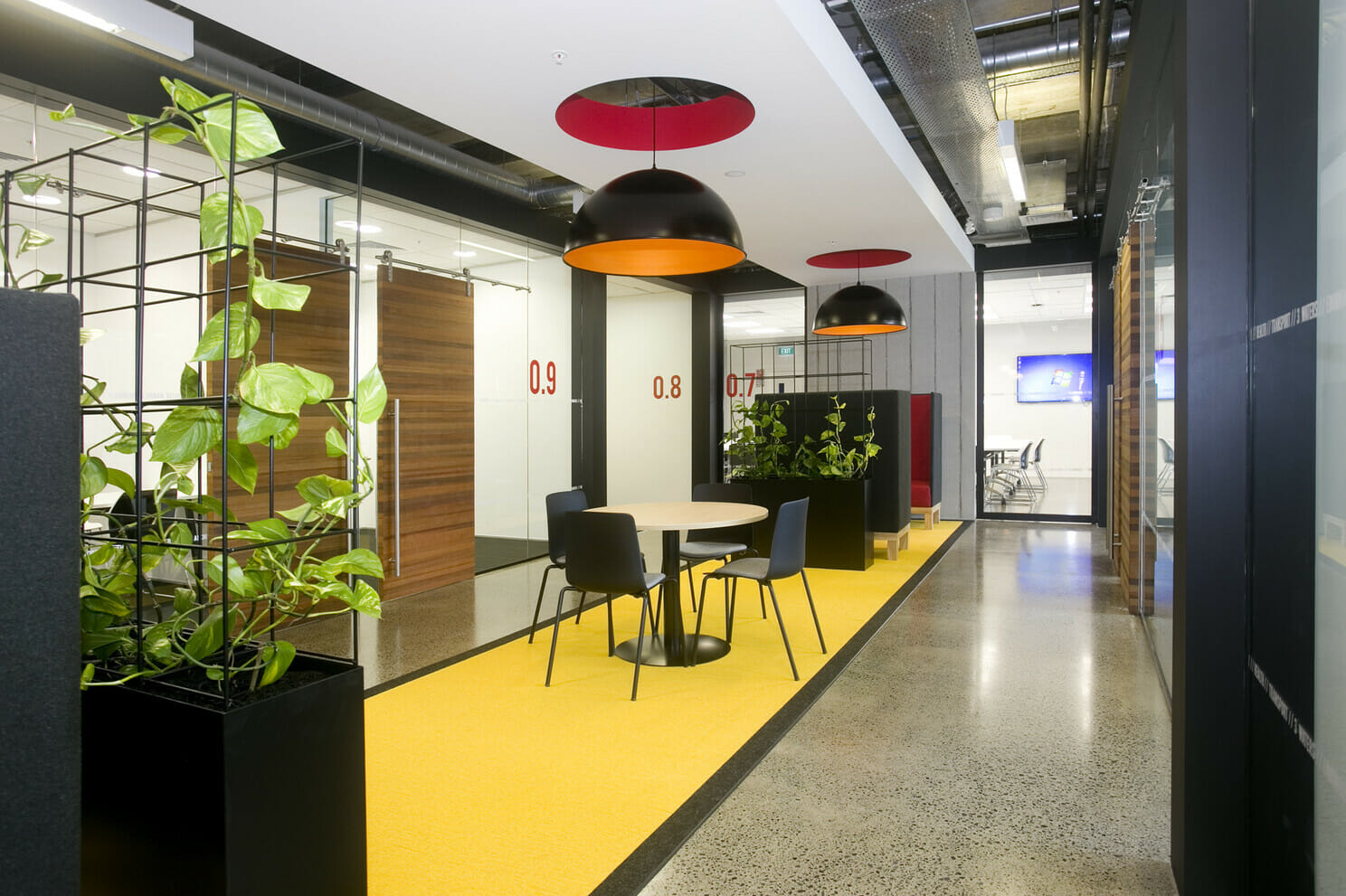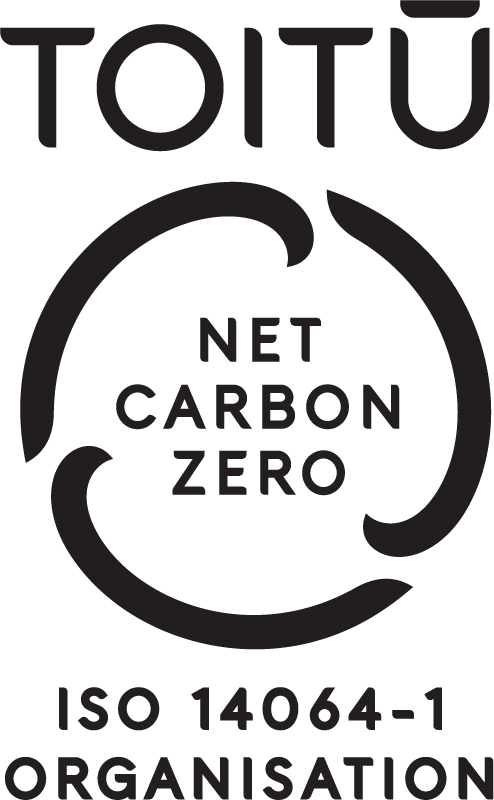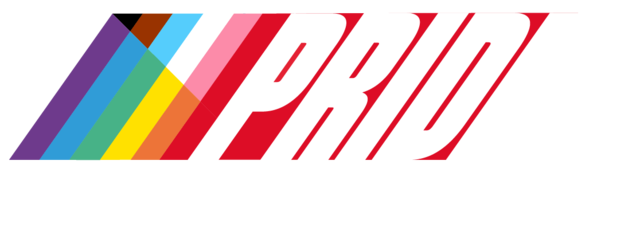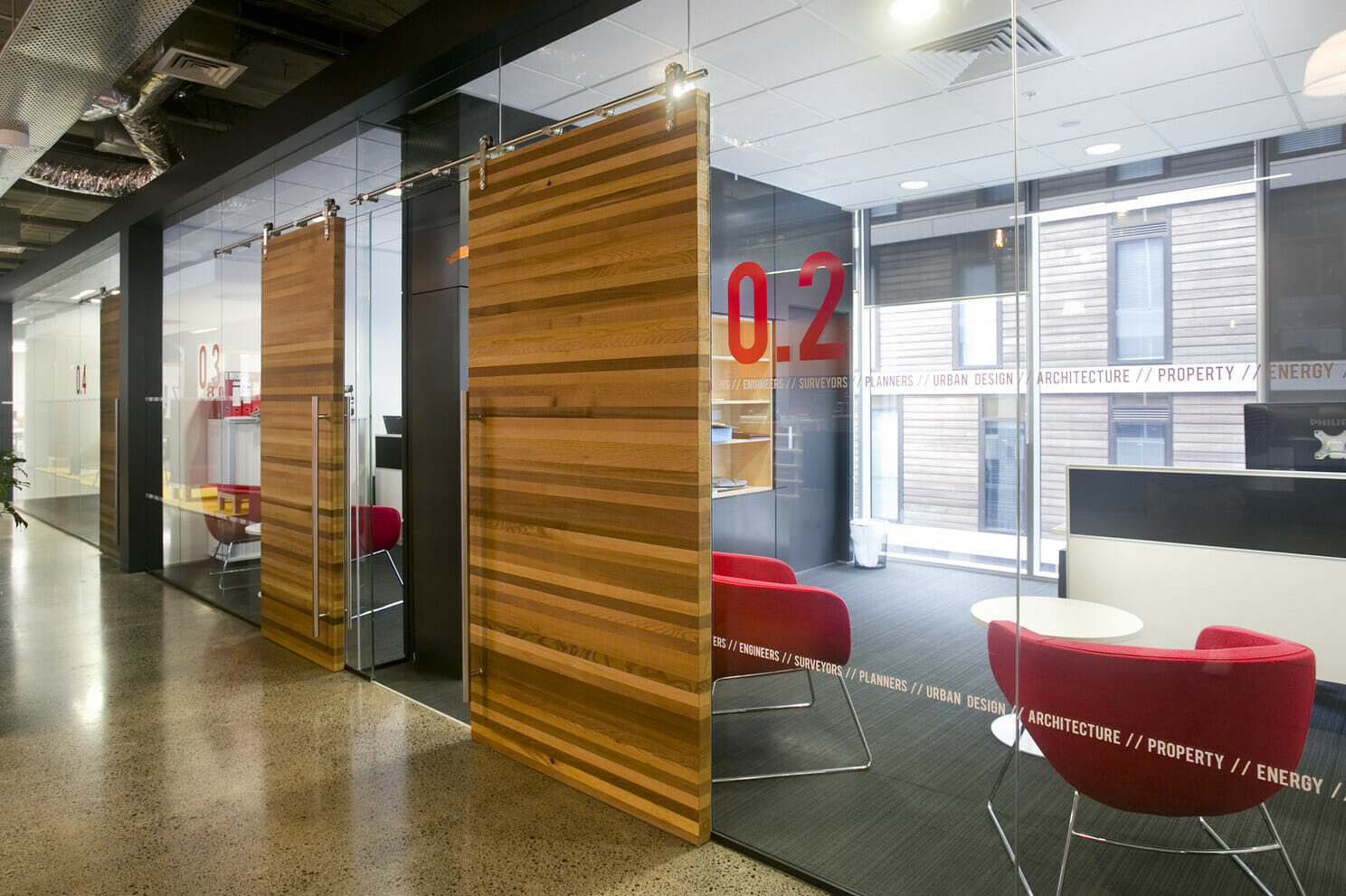

Experiential Design in the Workplace
Experiential design has become an overused expression in retail and hospitality design yet is somewhat underused in the design of the workplace.
Simply put, experiential workplace design is the experience of the employees in space. For instance, an office that provides a great employee experience will inevitably have a more productive and happier team.
However, this is the simplified version of how workplace design was approached back in 2019 before a pandemic changed the role of a bricks and mortar office.
Once upon a time offices provided spaces for all functions that employees might need – whether that be a desk, meeting room, lunchroom, or a quiet or collaborative space.
Now with technology fast evolving to meet the needs of a pandemic, offices have expanded to include employees’ homes with the result that the need for desks for everyone has vanished. In fact, many employees say they are more productive at home while others don’t see the need for commuting now they can meet on Zoom or Teams.
This has created an underlying tension in some businesses with the question being: how do we get our people back into the office?
The pandemic (once no longer in lockdown) has offered flexibility to many; the freedom to work from home has allowed a more integrated work and family life. Some in our team exercise during the day or pick up kids at times their former 8-5 office hours would not allow.
Pre-pandemic, the office provided all the functions we needed to get our work done. Mid-pandemic, the office was evolving but still the place to get materials and complete key tasks. As the pandemic has dragged on, as it has evolved further and now the key thing employees miss is team collaboration.
Not long ago we had hierarchical office layouts, with office sizes based on seniority in the business. Fast forward and there was a focus on fun with foosball tables, slides and even rock climbing walls. If these still exist most will be gathering dust as they only ever appealed to 5% of employees.
From there the focus moved to health and well-being with yoga classes, fruit bowls, boot camps and so on. But all of these were a ‘one size fits all’ model, and these options were nice to have but only engaged a minority in a team.
From an office design perspective, we moved from the closed spaces of 20 years ago to hot desking with everyone in one open space. Now there is a shift back to closed spaces with a demand for privacy for quiet work or collaboration.
How experiential design is changing
At the beginning of this article I said that workplace experiential design was the experience of the employee in the workplace. But this definition is outdated. Now, it is the experience of the employee within the company they work for.
If you asked me how to address experiential design in your workplace, I would ask these questions:
- Are your employees’ pandemic health & safety concerns being met?
- Is your technology set up so it’s easy for employees to work from home and the office?
- Do you have IT solutions in the office for making private or Teams/Zoom calls?
- Are there enough private spaces for people to focus on getting work done?
- Do you know what your team needs to be creative and collaborative?
- Have you asked your team what they want/need to work in the office?
- Do you have a collaborative work culture?
- Do you walk into your office and feel it is a great place to work?
To move people from home to the office, the office needs to offer more than being at home.
We encourage businesses to look at purpose-driven design. This requires a deep dive into your business to understand what it needs and wants, and what its goals are. While best practice will inform this and provide options, the best solution is designed with a thorough understanding of your team and your culture.
Lizzi Whaley
CEO
